fluorescent vs incandescent for main kitchen lighting
trinity_2010
12 years ago
Featured Answer
Sort by:Oldest
Comments (21)
breezygirl
12 years agonever_ending
12 years agoRelated Professionals
Federal Heights Kitchen & Bathroom Designers · Glens Falls Kitchen & Bathroom Designers · Newington Kitchen & Bathroom Designers · Glen Allen Kitchen & Bathroom Remodelers · Panama City Kitchen & Bathroom Remodelers · Spokane Kitchen & Bathroom Remodelers · Toledo Kitchen & Bathroom Remodelers · Plant City Kitchen & Bathroom Remodelers · Bon Air Cabinets & Cabinetry · Aspen Hill Cabinets & Cabinetry · Key Biscayne Cabinets & Cabinetry · Prior Lake Cabinets & Cabinetry · Tacoma Cabinets & Cabinetry · Town 'n' Country Cabinets & Cabinetry · Wilkinsburg Cabinets & Cabinetryenduring
12 years agoJohn Liu
12 years agokaismom
12 years agoplllog
12 years agobeaglesdoitbetter1
12 years agodavidro1
12 years agowritersblock (9b/10a)
12 years agoJohn Liu
12 years agomarcydc
12 years agojessicaml
12 years agonatal
12 years agoartemis78
12 years agoDavid
12 years agoFori
12 years agoplllog
12 years agodavidro1
12 years agoLake_Girl
12 years agosusanlynn2012
12 years ago
Related Stories
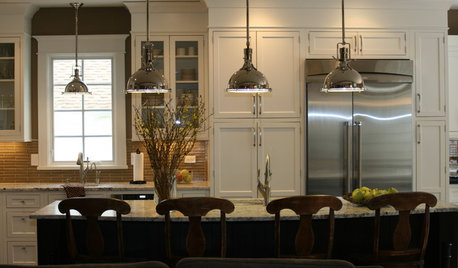
KITCHEN DESIGNKitchen Islands: Pendant Lights Done Right
How many, how big, and how high? Tips for choosing kitchen pendant lights
Full Story
FUN HOUZZ10 Things People Really Don’t Want in Their Homes
No love lost over fluorescent lights? No shocker there. But some of these other hated items may surprise you
Full Story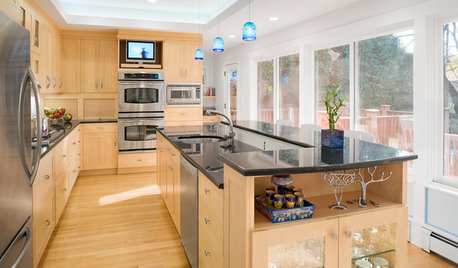
UNIVERSAL DESIGNHow to Light a Kitchen for Older Eyes and Better Beauty
Include the right kinds of light in your kitchen's universal design plan to make it more workable and visually pleasing for all
Full Story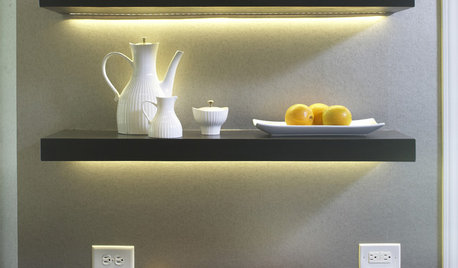
KITCHEN DESIGN12 Ways to Light Your Kitchen With LEDs
See how to use new energy-saving lights to illuminate your kitchen, light a countertop and add style, too
Full Story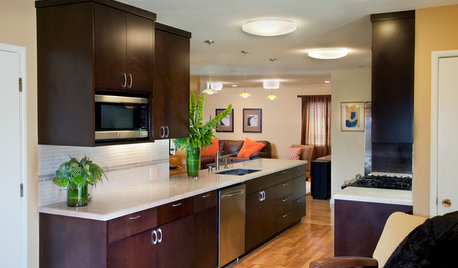
KITCHEN DESIGNSmart Kitchen Investment: Lighting for Function and Good Looks, Too
Save your eyes, lift your spirits and give buyers what they want with proper kitchen lighting. Two designers share their insight
Full Story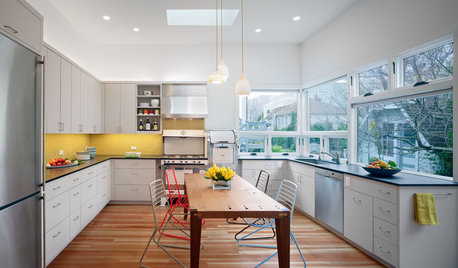
KITCHEN DESIGNThe Ecofriendly Kitchen: Light Your Kitchen Right
Harnessing the daylight is a terrific choice for earth-friendly kitchens, but it's not the only one
Full Story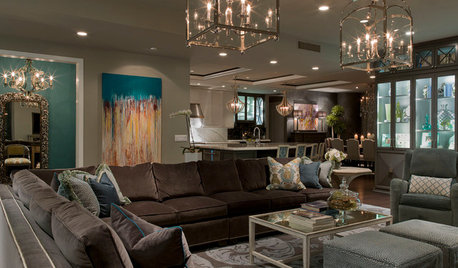
LIGHTING8 Ways to Get Ambient Lighting Just Right
See clearly, boost energy and create the mood you want with these tips for harnessing natural and artificial light
Full Story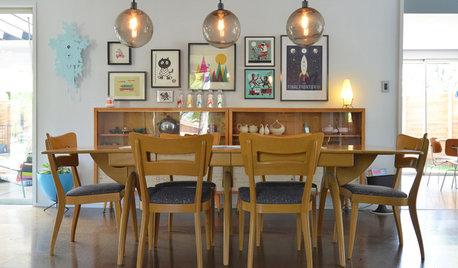
LIGHTINGPersonal Spaces: Homeowners Work Their Pendant Lights
See how all kinds of rooms are getting a lift from hanging lights, both budget-friendly and glam
Full Story
LIGHTINGThe Lowdown on High-Efficiency LED Lighting
Learn about LED tapes, ropes, pucks and more to create a flexible and energy-efficient lighting design that looks great
Full Story
LIGHTING5 Questions to Ask for the Best Room Lighting
Get your overhead, task and accent lighting right for decorative beauty, less eyestrain and a focus exactly where you want
Full Story






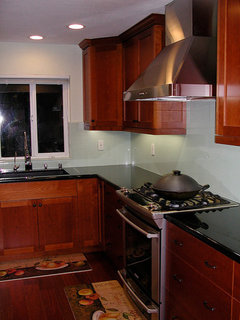
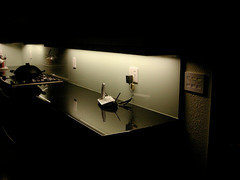
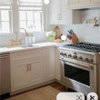

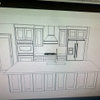
ginny20